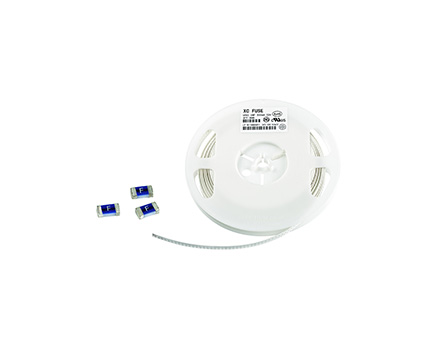
As a safety component, in addition to its performance requirements, a fuse must also have strict safety requirements. The breaking capacity of a fuse is an important indicator reflecting the safety performance of the fuse. Its specific meaning is: the maximum short-circuit current that the fuse can withstand without any unsafe phenomena during the process of breaking the circuit. The unsafe phenomena here include - continuous arcing, smoking, spraying, splashing Burning, explosion, etc. Tubular fuses can be classified into high breaking (1500A), low breaking (35A or 10In), and enhanced breaking (150A) types based on their breaking capacity. The breaking capacity of chip fuses is generally between 30-60A, which is often overlooked or misunderstood by users or confused with the fusing characteristics of fuses, The correct understanding of the breaking capacity of a fuse should be that the extreme maximum current in the event of a short circuit in the protected circuit cannot exceed the rated breaking capacity of the fuse, otherwise there may be some unsafe phenomena that cannot guarantee the safety of the circuit. The breaking capacity of a fuse is one of the main safety indicators, while the fusing characteristic is one of the main performance indicators of a fuse, each with completely different meanings and requirements.
Read recommendations:
bs 1362 fuse operation characteristics
battery terminal fuse replacement.Application Field of Domestic Disposable Fuses